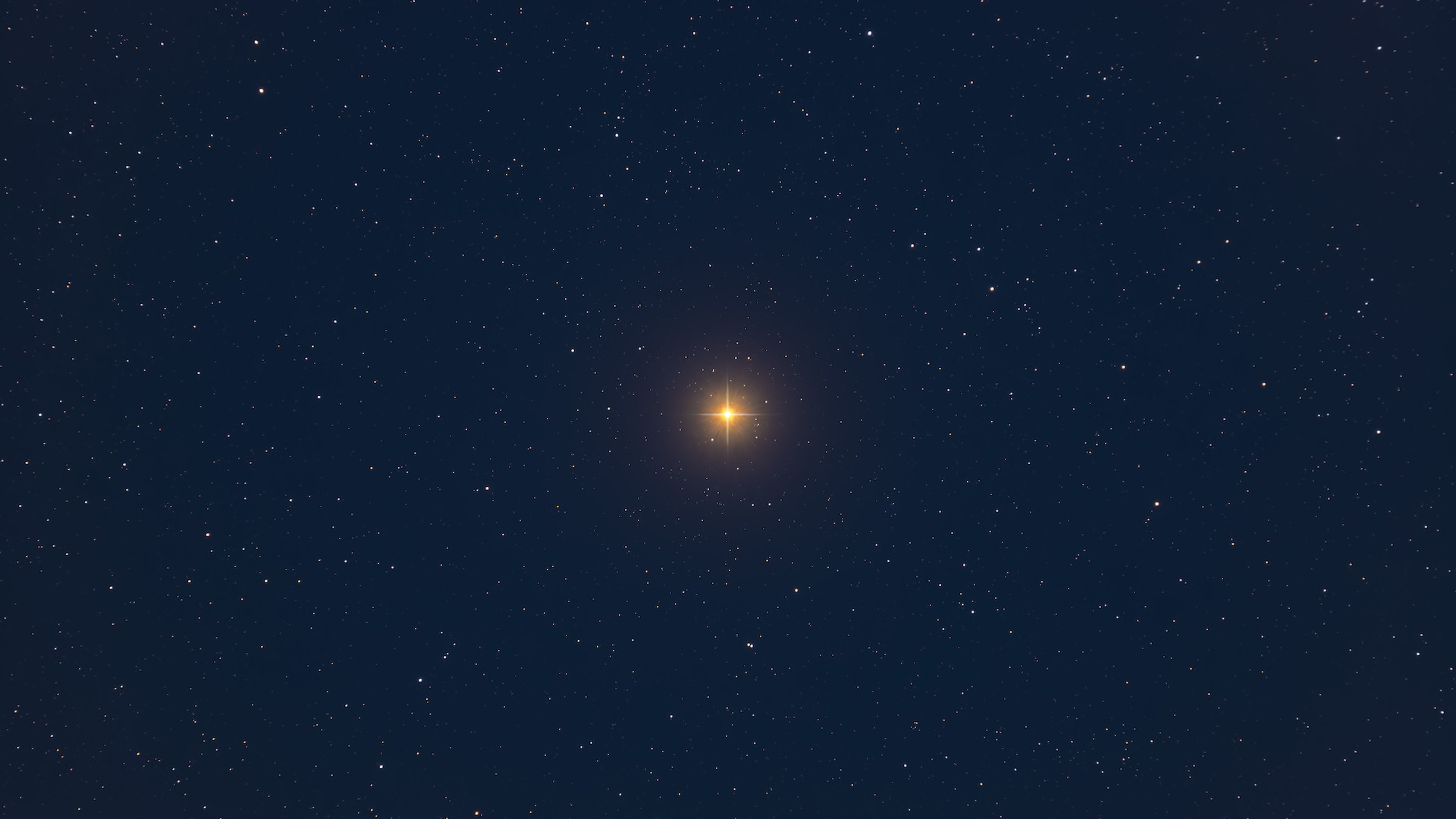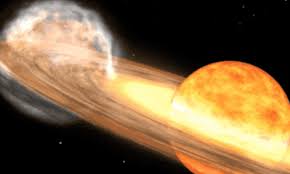Sydney: Any night now, a “new star” or nova will appear in the sky. Although it is not an extraordinary event, it is a special opportunity to see a rare phenomenon that is usually difficult to predict in advance. The star in question is T Coronae Borealis (T CrB, pronounced “T Core Bore”). It is located in the constellation of the Northern Crown, which is prominent in the Northern Hemisphere, but will also appear in the northern skies of Australia and Aotearoa New Zealand over the next few months. Most of the time T CrB, which is 3,000 light-years away, is too faint to see. But once every 80 years it explodes with brightness. A brand new star seems to suddenly appear, although not for long. After just a few nights it will fade rapidly and then disappear back into the darkness. A burst of life During the peak of their lives, stars are powered by nuclear fusion reactions inside their cores.

Usually, hydrogen is converted into helium, producing enough energy to keep the star stable and luminous for billions of years. But T CrB has passed its peak and is now a stellar remnant known as a white dwarf. Its internal nuclear fire has been extinguished, allowing gravity to dramatically compress the dead star. T CrB also has a stellar companion – a red giant that has swelled as it enters old age. The white dwarf sucks up the swollen red giant’s gas, and this forms what is known as an accretion disk around the dead star.








